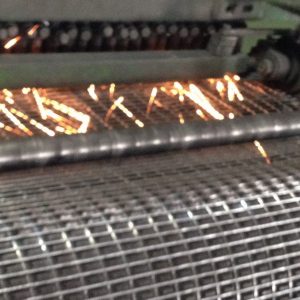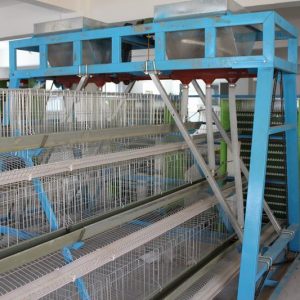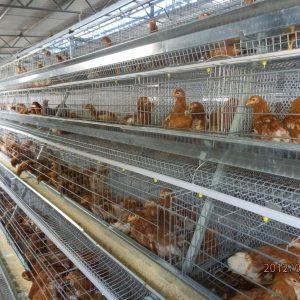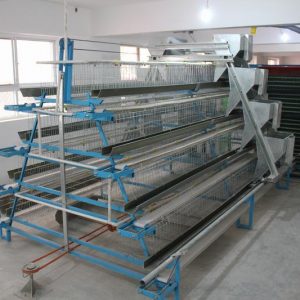
Management Techniques to Improve Chicken Egg Production
Turkeys reach sexual maturity at the age of 6 to 7 months, and they have started laying eggs. Recently, many people have called to inquire about raising the egg production of turkeys. The following editor briefly introduces the breeding and management techniques of turkey egg production. for reference only.
1. Comprehensive nutrition. The crude protein content of the turkey feed during the laying period can reach 23%-28%, and the metabolic energy is 12.1 megajoules per kilogram, ensuring the demand for vitamins and trace elements in laying turkeys.
2. Adjust the incubation. The turkey has a strong nesting ability, and naturally hatches every 15-20 eggs, regardless of the season and the outside world. In order to increase the egg production rate of turkeys, natural incubation or artificial incubation can be adopted in the method of “combining two into one”, so that the brooding female turkey can wake up in time to enter the laying period in time. In this way, female turkeys can lay 80-120 eggs per year to 150-190 eggs.
3. Light stimulation. For turkeys, limit light during the growth phase. 5 to 6 months of age, 10 hours of light per day, 6 to 9 months of age can reach 14 hours, after 9 months of age, it can increase to 16 to 18 hours of light per day. Insufficient sunlight, artificial auxiliary lighting is required, with an intensity of 15-20 lux (ie 3~4 watts/m². Light stimulation can prolong the laying period and increase the laying rate by 10%. The individual eggs are large, uniform in size and firm in shell. 4. Adequate drinking water and scientific feeding. The turkeys should increase the amount of clean drinking water during the laying period and achieve “changing water frequently and constantly.” The turkeys 9 am and 3 pm every day are the key time for feeding throughout the day. It is related to the egg production of turkeys.
5. Set up more nests in advance. Turkeys reach sexual maturity at 6-7 months of age and begin to lay eggs. Generally, when a turkey is 5 months old, it is necessary to set up a nest for 3 to 4 hens, so as to prevent the turkey from being unable to find a suitable laying place for a while and delaying the laying period.
6. Often repellent and add more. Laying hens should be driven once with furazolidone 0.04% or Jichangjing tablets at the age of 3 to 4 months; levamisole or with Jichangjing tablets should be used for 5-6 months old hens to drive insects once before the start of labor. purpose. After 4 months of age, sand grains of the size of rice grains are fed once every 2 weeks, accounting for 1% to 2% of the diet.
7. Various other auxiliary methods. Adding a small amount of manganese to chicken feed can make the hens produce hard-shelled eggs without increasing the thickness of the eggshells, which improves the efficiency of egg production; adding methionine and 0.05% choline can save 50% of the feed And increase the egg production rate by 5% to 8%. You can also add a certain amount of traditional Chinese medicine additives such as mugwort, Bupleurum, Scutellaria, Chinese pepper, licorice, etc., which can not only increase the egg production rate, but also prevent disease.
In addition, strengthen feed management, do a good job in sanitation, and fundamentally strengthen the disease resistance of chickens, thereby improving the breeding efficiency of the farm.



